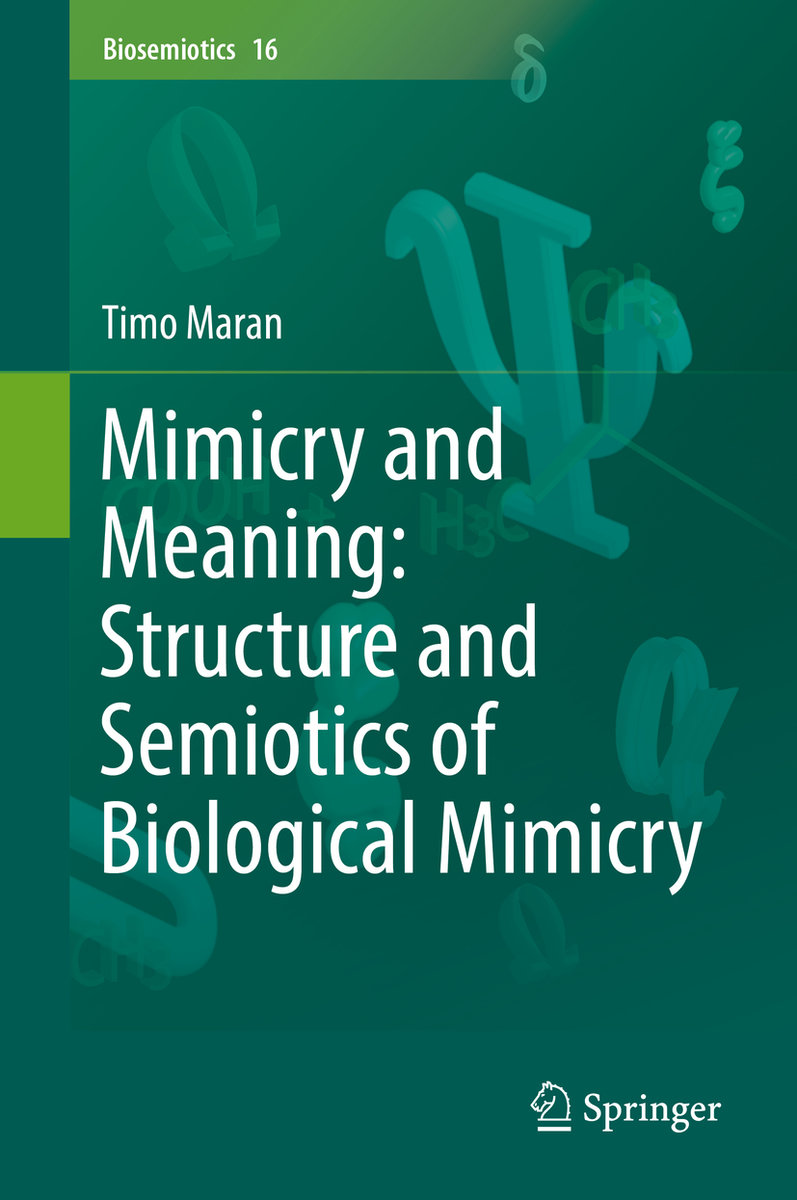The present book analyses critically the tripartite mimicry model (consisting of the mimic, model and receiver species) and develops semiotic tools for comparative analysis. It is proposed that mimicry has a double structure where sign relations in communication are in constant interplay with ecological relations between species. Multi-constructivism and toolbox-like conceptual methods are advocated for, as these allow taking into account both the participants´ Umwelten as well as cultural meanings related to specific mimicry cases.
From biosemiotic viewpoint, mimicry is a sign relation, where deceptively similar messages are perceived, interpreted and acted upon. Focusing on living subjects and their communication opens up new ways to understand mimicry. Such view helps to explain the diversity of mimicry as well as mimicry studies and treat these in a single framework. On a meta-level, a semiotic view allows critical reflection on the use of mimicry concept in modern biology.
The author further discusses interpretations of mimicry in contemporary semiotics, analyses mimicry as communicative interaction, relates mimicry to iconic signs and focuses on abstract resemblances in mimicry. Theoretical discussions are illustrated with detailed excursions into practical mimicry cases in nature (brood parasitism, eyespots, myrmecomorphy, etc.). The book concludes with a conviction that mimicry should be treated in a broader semiotic-ecological context as it presumes the existence of ecological codes and other sign conventions in the ecosystem.


